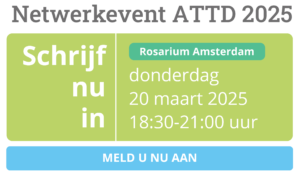OBJECTIVE
To assess the cost-effectiveness of collaborative versus usual care in adults with poorly controlled type 2 diabetes and depression in India.RESEARCH DESIGN AND METHODS
We performed a within-trial cost-effectiveness analysis of a 24-month parallel, open-label, pragmatic randomized clinical trial at four urban clinics in India from multipayer and societal perspectives. The trial randomly assigned 404 patients with poorly controlled type 2 diabetes (HbA1c ≥8.0%, systolic blood pressure ≥140 mmHg, or LDL cholesterol ≥130 mg/dL) and depressive symptoms (9-item Patient Health Questionnaire score ≥10) to collaborative care (support from nonphysician care coordinators, electronic registers, and specialist-supported case review) for 12 months, followed by 12 months of usual care or 24 months of usual care. We calculated incremental cost-effectiveness ratios (ICERs) in Indian rupees (INR) and international dollars (Int’l-$) and the probability of cost-effectiveness using quality-adjusted life-years (QALYs) and depression-free days (DFDs).RESULTS
From a multipayer perspective, collaborative care costed an additional INR309,558 (Int’l-$15,344) per QALY and an additional INR290.2 (Int’l-$14.4) per DFD gained compared with usual care. The probability of cost-effectiveness was 56.4% using a willingness to pay of INR336,000 (Int’l-$16,654) per QALY (approximately three times per-capita gross domestic product). The willingness to pay per DFD to achieve a probability of cost-effectiveness >95% was INR401.6 (Int’l-$19.9). From a societal perspective, cost-effectiveness was marginally lower. In sensitivity analyses, integrating collaborative care in clinical workflows reduced incremental costs by ∼47% (ICER 162,689 per QALY, cost-effectiveness probability 89.4%), but cost-effectiveness decreased when adjusting for baseline values.CONCLUSIONS
Collaborative care for patients with type 2 diabetes and depression in urban India can be cost-effective, especially when integrated in clinical workflows. Long-term cost-effectiveness might be more favorable. Scalability across lower- and middle-income country settings depends on heterogeneous contextual factors.


